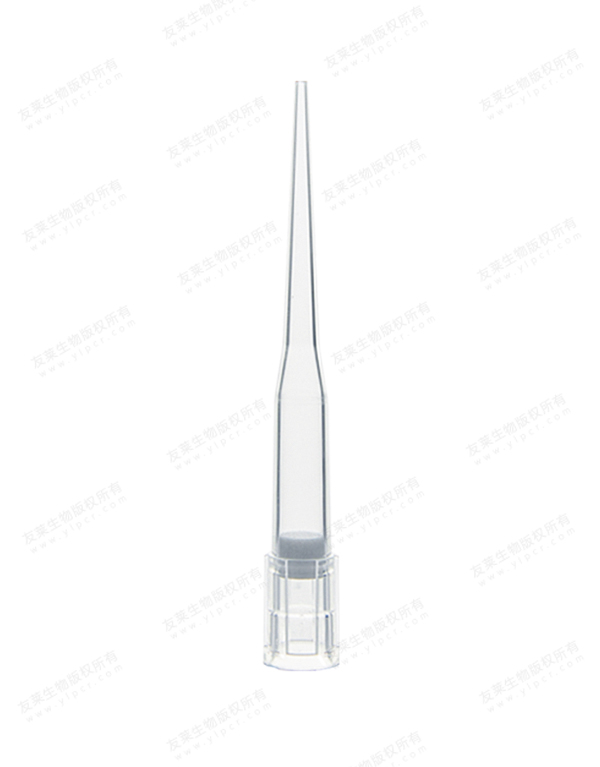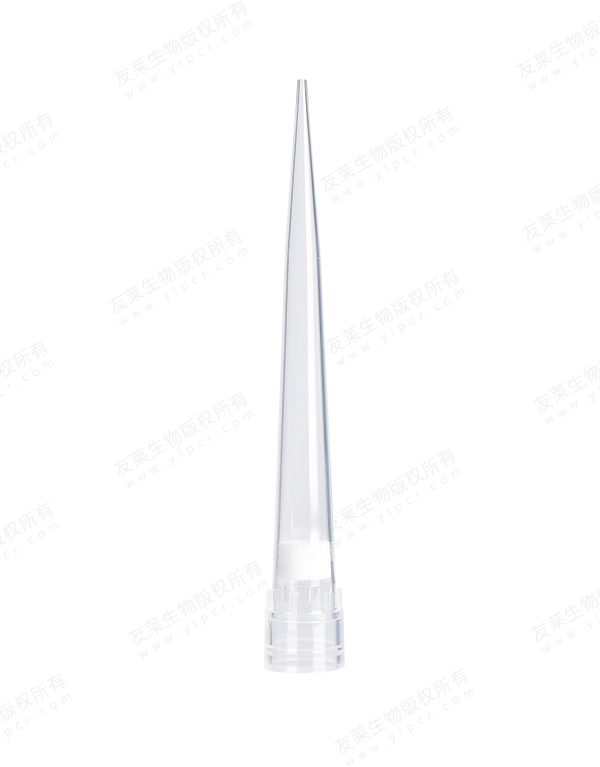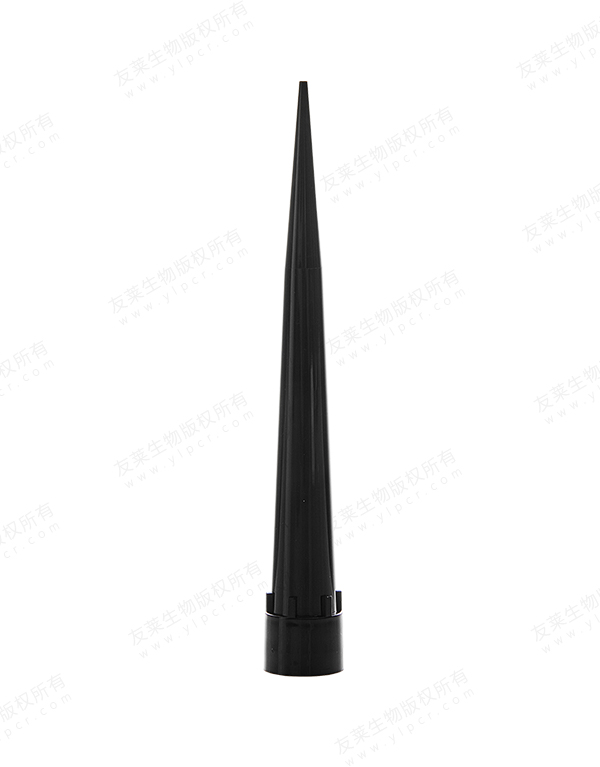Cryovial tubes have long been essential tools in the fields of biotechnology, medicine, and research, enabling the long-term preservation of valuable biological samples. However, recent innovations in cryovial tube design and technology have expanded their utility and opened up new possibilities for scientific exploration. Let's explore some of the latest advancements and applications of cryovial tubes.
One notable innovation in cryovial tube technology is the development of specialized coatings and materials that enhance sample preservation and integrity. These coatings can reduce the risk of sample degradation caused by factors such as freeze-thaw cycles, pH changes, or exposure to reactive chemicals. Additionally, some cryovial tubes feature improved thermal insulation properties, allowing for more stable temperature control during storage and transport.
Another area of advancement is the integration of smart features into cryovial tubes, enabling real-time monitoring and data collection. For example, some tubes are equipped with sensors that measure temperature, pressure, or sample volume, providing researchers with valuable insights into sample conditions and storage environments. This real-time monitoring capability enhances sample quality control and ensures compliance with regulatory standards.
In the realm of personalized medicine, cryovial tubes are playing an increasingly important role in biobanking initiatives aimed at collecting and preserving patient samples for precision diagnostics and treatment. These biobanks serve as repositories of diverse biological materials, including blood, saliva, and tissue samples, annotated with clinical and demographic data. Cryovial tubes facilitate the long-term storage of these samples, enabling researchers to access valuable resources for studying disease mechanisms and identifying potential therapeutic targets.
Moreover, cryovial tubes are instrumental in the field of regenerative medicine, where they are used to store stem cells and other cell-based therapies for therapeutic applications. The ability to cryopreserve these cells ensures their long-term viability and potency, paving the way for groundbreaking treatments for conditions ranging from cardiovascular diseases to neurological disorders.
Beyond traditional laboratory settings, cryovial tubes are finding new applications in emerging fields such as synthetic biology and bioengineering. Researchers are using cryopreserved samples to construct synthetic genetic circuits, engineer novel biomaterials, and develop biologically inspired technologies. Cryovial tubes provide a reliable means of storing biological building blocks for these innovative endeavors, fueling advancements at the intersection of biology and engineering.
Cryovial tubes continue to evolve as indispensable tools for preserving biological samples and driving scientific discovery. Innovations in materials, design, and functionality are expanding the scope of their applications, from basic research to clinical diagnostics and beyond. As technology continues to progress, cryovial tubes will remain at the forefront of efforts to unlock the mysteries of life and harness its potential for the betterment of humanity.

 English
English русский
русский 中文简体
中文简体




